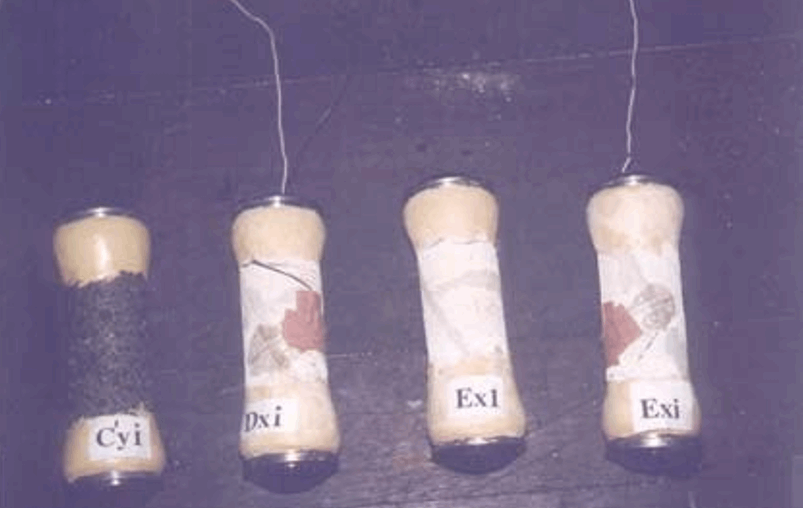- L. Miranda Dias1
1 Research officer of LNEC, National Civil Engineering Laboratory/Buildings Department, Av. do Brasil, 101, PT-1700-066 Lisbon, Portugal, e-mail: mirandadias@lnec.pt
ABSTRACT
Cracking occurs frequently in masonry walls of buildings. Cracks are usually located in the joints between the blocks or bricks because joints generally represent planes of weakness. Cracking has negative implications for building performance, due to the possibility of rain penetration through the cracks and due to negative aesthetic aspects. So, the objective of this paper is essentially to achieve a better knowledge of the compression behaviour of masonry walls (common block/block joint), for the particular cases of a) solid lightweight concrete blocks (blocks of aerated autoclaved concrete and blocks of lightweight concrete with expanded clay aggregates) and b) solid bricks.
In this paper, the principal results and conclusions of an experimental study are presented. The experiments were mainly concerned with the study of the deformation behaviour and the susceptibility for cracking of mortar joints together with the surrounding blocks as well as the blocks alone when subjected to a triaxial state of compression stress. From the results of the experimental tests it can be concluded that the level of biaxial compression applied to specimens with joints, significantly influences the deformation behaviour and the failure modes of the joints.
KEYWORDS: masonry walls, buildings, shear, AAC, lightweight concrete
3b-3



